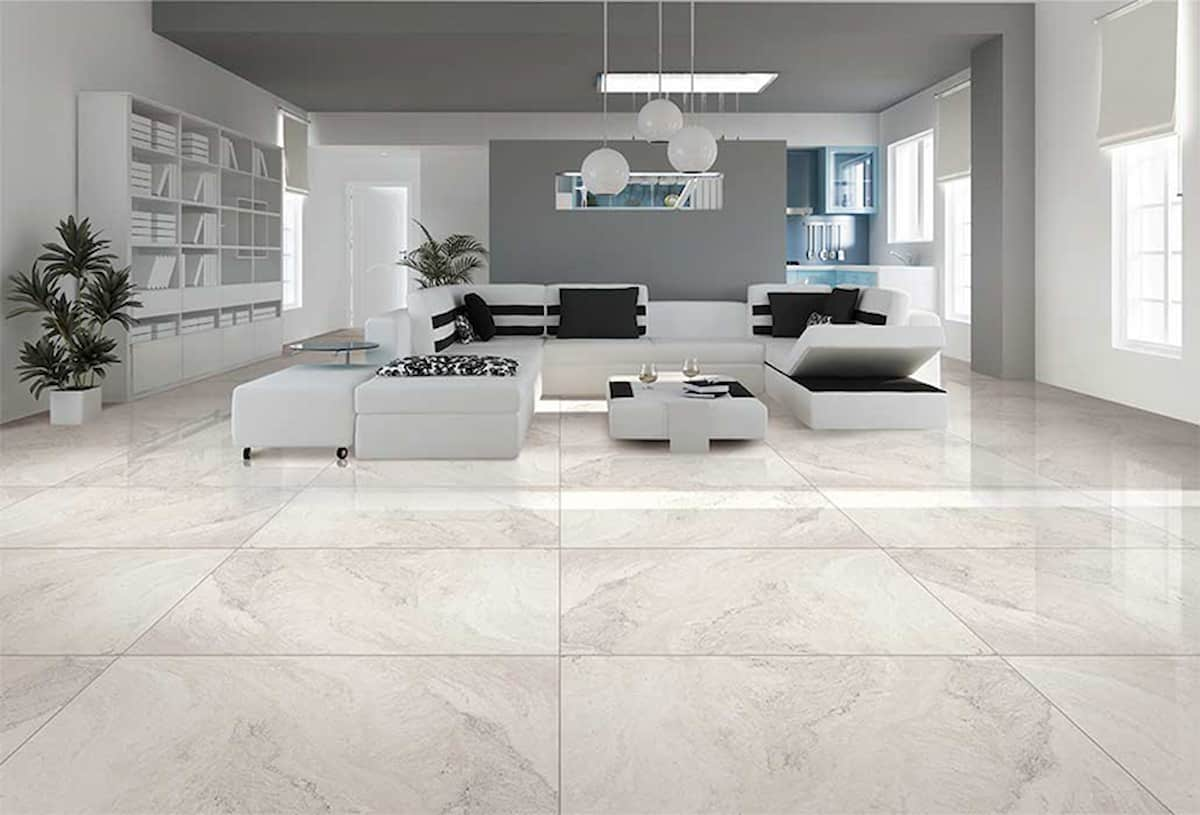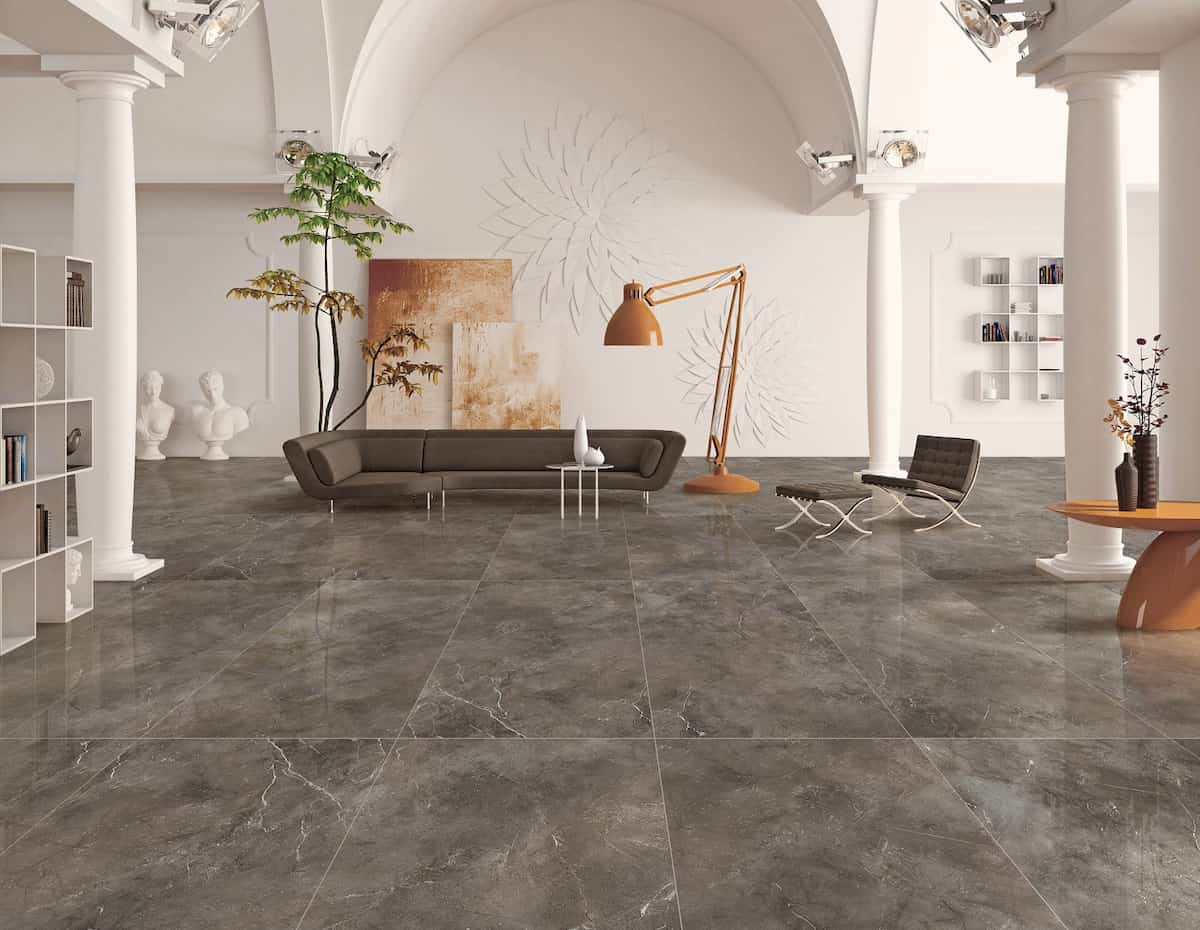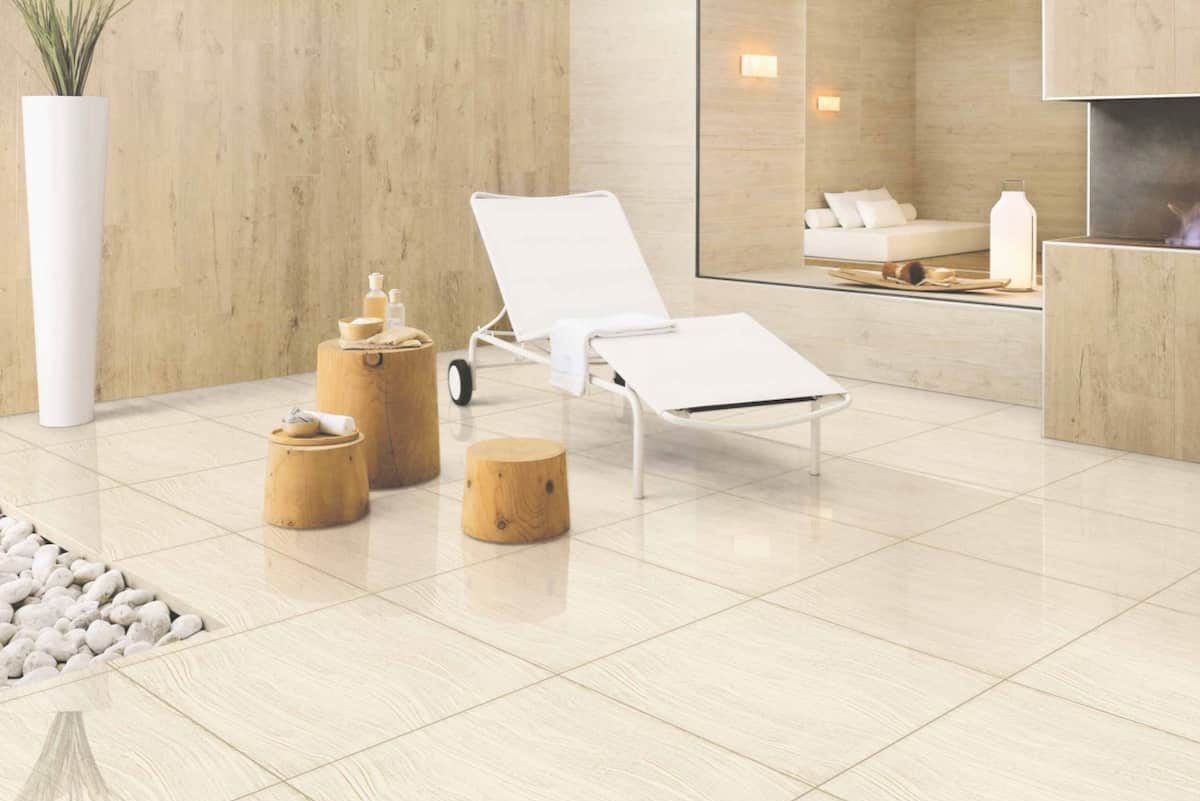Tiles play a significant role in the interior design and outside décor of many residences. If you have never shopped for tiles before and are completely unfamiliar with this industry, you are going to be very overwhelmed when you see all of the different kinds of tiles that are now for sale on the market.
Thera are always common ambiguities about glazed ceramic tiles vs vitrified tiles, and we want to talk more about their differences.
The most popular of these materials is undoubtedly ceramic, which can be further subdivided into natural ceramic and vitrified tile varieties. The onslaught of language that will be used will leave you in a muddle, and it will make it difficult for you to decide whether the ceramic or vitrified tile is superior for the makeover of your space.
A thorough comparison of ceramic and vitrified tiles is the main goal of this presentation. In addition, we provide some basic details regarding the make-up, tensile strength, classification, potential uses, and care of ceramic and vitrified tiles.

Tiles made of ceramic are described here.
Ceramic tiles typically have a grainy appearance, a realistic quality, and a look that is reminiscent of the earth.
They are formed by applying extremely high temperatures to clay soil that has been mixed with water, then molded into the desired shape. The number of possible combinations can be increased by including additional composites.
Ceramic floor tiles, for instance, are available in a wide range of colors, and they are not only straightforward to install but also straightforward to replace. Ceramic tiles have a number of drawbacks, one of which is that they are porous and so retain excess water; as a result, it is not recommended to use ceramic tiles in areas that have a great deal of water.
The majority of the time, ceramic tiles will have a glaze applied to them so that they are protected against water, stains, and scratches. They are almost never utilized in their natural, unglazed state.
Because the glaze provides a hard protective layer, these tiles are a fantastic option for use as a flooring material, a wall covering, a backsplash, and even on worktops. As a result of their resistance to water, ease of cleaning, and reduced likelihood of harboring germs, they are typically utilized in moist environments such as bathrooms and kitchens.

What Kind of Tiles Are Vitrified?
Vitrified tiles are manufactured by a process called vitrification, which is aimed at making the tiles stronger and more durable. As the name suggests, vitrified tiles are made through this method. Vitrified tiles are extremely similar to ceramic tiles.
However, they differ in that they are more glossy, tougher, less porous, and less absorbent than ceramic tiles. Because of the presence of silica, quartz, and feldspar in their composition, these tiles have the appearance of being made of glass, which contributes to the fact that they are more aesthetically pleasing.
It is possible to acquire this composition even before they are cooked in the kiln. Vitrified floor tiles, as opposed to ceramic floor tiles, have a surface that is similar to that of glass due to the inclusion of glass elements in their composition. In addition to glass, clay is also utilized, albeit at a much lower proportion than in ceramic tile production.
Because vitrified tiles are so hardy and require so little upkeep, they are an excellent choice for places that see a lot of foot activity. Because of this, they are utilized rather frequently in business establishments.
They are an alternative to natural stones like marble and granite that may be purchased at a lower cost while maintaining the same or even an improved level of durability. As a result, they are an excellent option for use as houses.

Where In Your Home Should You Install Ceramic Tiles?
Because ceramic tiles are more porous than vitrified tiles, they are more prone to being damaged by water. Vitrified tiles are less porous. As a result, utilizing ceramic tile in an outdoor setting is not a recommendation that should be taken lightly.
This can become a concern in cold regions as well since water can seep into cracks in the tile, freeze, and cause the tile’s physical condition to deteriorate.
Ceramic tiles are most suitable for use in locations that won’t be subjected to a significant amount of moisture, such as living rooms, dining rooms, or hallways.
However, certain ceramic tiles now come with a unique glaze coating that helps protect them from damage caused by water. In addition, you can’t go wrong with these kinds of tiles for use in either your kitchen or bathroom.
Where In Your Home Should You Install Vitrified Tile?
Because vitrified tiles have a high resistance to water, they are an excellent choice for usage both inside and outside of buildings.
Because vitrified tiles are so simple to wipe clean in the case of a leak or spill, they are ideally suited for use in areas of the home that are prone to experiencing a high volume of liquid accidents, such as kitchens, restrooms, and bathrooms. It is also possible to tile the entire floor of your home with vitrified tile. This flooring option’s lustrous beauty and durable construction make it a good choice for any room in your home.

Which Type Of Tile Is Better For Your Needs, Ceramic Or Vitrified?
Similar to how a house is merely a building without its occupants, a residence is insufficiently finished without the inclusion of various furnishings, ornaments, and other decorative elements.
The installation of these tiles is an important step in completing the look of the interior finishing work done in a home. Are you confused about the distinction between vitrified tiles and ceramic ones? Vitrified tiles are built with finishing and a smooth surface already included, in contrast to those ceramic tiles, which provide finishing after the application of a gloss.
The overall appearance of a house can be determined by details as minute as the tiles used. When comparing ceramic and vitrified tiles, it is important to keep in mind the salient aspects of each type of material.
It is possible to utilize a combination of the two different sorts, but this will depend on the location as well as the desired look. Ceramic tiles offer a little more personality and color and help balance out the rather industrial and man-made look of vitrified tiles.
Vitrified tiles are a good choice for flooring, but ceramic tiles offer a little bit more. However, there are no hard and fast rules; the component that will ultimately determine the outcome will be the overall appearance that you are going for with your “Dream House.”












Your comment submitted.